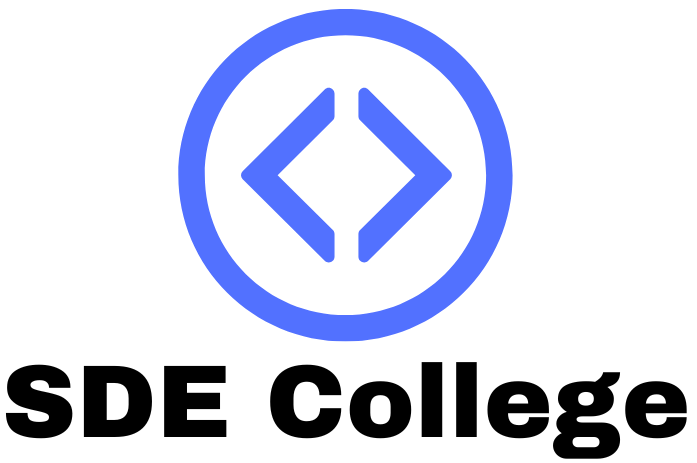How to Build a Winning Web Developer Resume and Portfolio
IntroductionThe web development landscape has become increasingly crowded as more and more people enter the field. As a result, it can be difficult to stand out from the competition when it comes to getting your dream job or freelance work. One of the best ways to make sure you stand out is to have an impressive web developer resume and portfolio. With the right resume and portfolio, you can show potential employers and clients that you’re the right person for the job.
In this blog post, we’ll look at how to create a standout web developer resume and portfolio that will help you stand out from the competition and land your dream job. We’ll also provide tips on how to effectively market yourself and find job opportunities.
What Makes a Standout Web Developer Resume?
A standout web developer resume should effectively communicate your skills and experience in the industry. There are several key elements that make up an effective resume for web developers:
1. Relevant Experience
When creating your web developer resume, it’s important to focus on relevant experience that’s tailored to the job you’re applying for. This could include projects you’ve worked on, clients you’ve worked with, and any other experience that shows you’re knowledgeable in web development.
2. Skills and Tools
Include a section of your web developer resume that details any skills and tools you’re familiar with. This could include programming languages, content management systems, coding frameworks, and any other relevant skills or tools. You should also mention any certifications or courses you’ve taken that are related to web development.
3. Professional Summary
The professional summary section of your resume should provide a brief overview of your experience, skills, and goals. Think of it as a snapshot of who you are as a web developer.
4. Contact Information
It’s important to include contact information on your resume so potential employers and clients can easily get in touch with you. Include your name, phone number, email address, and any other relevant contact information.
5. Professional Design
Your web developer resume should be visually appealing and have a professional design. Use a modern, clean font such as Helvetica or Open Sans, keep the layout simple and organized, and use colors and images sparingly.
Tips for Creating an Impressive Web Developer Portfolio
An impressive web developer portfolio is the perfect way to showcase your skills and experience. Here are some tips for creating a portfolio that stands out:
1. Showcase Your Work
Your portfolio should feature some of your best work and demonstrate your abilities as a web developer. This could include screenshots of websites and apps you’ve built, detailed descriptions of the work you did, and any feedback from clients or employers.
2. Include Testimonials
Include testimonials from employers and clients that have worked with you. This is a great way to back up your skills and show potential employers and clients that you’re reliable and capable.
3. Keep It Up-to-Date
Your portfolio should always reflect your current skills and experience. Make sure to regularly update your portfolio with new projects, skills, and tools you’re familiar with.
4. Simplify Navigation
Make sure your portfolio is easy to navigate and organize. Use clear headings to break up the content, add search bars and tags to help visitors find what they’re looking for, and optimize any images you include for faster loading times.
5. Tell a Story
Your portfolio should tell a story about you and your experience as a web developer. Include a professional summary and use multimedia to show off your skills and personality.
How to Market Yourself as a Web Developer
Once you have your resume and portfolio ready, it’s time to start marketing yourself as a web developer. Here are some tips for getting your name out there and finding job opportunities:
1. Networking
Networking is an essential part of marketing yourself as a web developer. Attend industry events, join online communities, and reach out to potential employers and clients.
2. Online Presence
Create an online presence by setting up a website, blog, and profiles on relevant social media networks. Use these platforms to showcase your work and engage with potential employers and clients.
3. Keep Learning
Keeping up with the latest trends in web development is important if you want to stay ahead of the competition. Take courses, read tech blogs and books, and attend webinars to stay up-to-date on developments in the industry.
Conclusion
Creating a standout web developer resume and portfolio is essential if you want to stand out from the competition and land your dream job. By focusing on relevant experience, listing your skills and tools, and showcasing your work through a professional portfolio, you can effectively market yourself as a web developer and find job opportunities. With the right strategies, you can make sure you stand out and land your ideal job.












